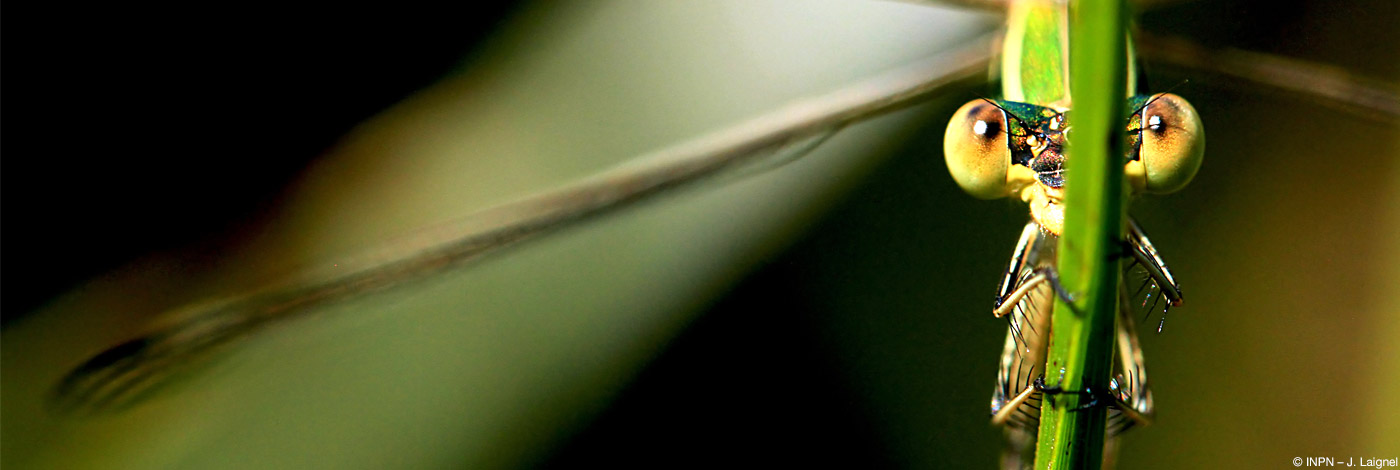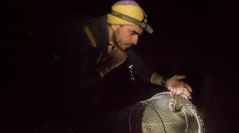

 Naturae
2021 (3) - Pages 35-47
Naturae
2021 (3) - Pages 35-47At a time when the Pyrenean Desman’s consideration becomes systematic in all environmental procedures, we have to purpose efficient protocols in order to allow the species monitoring. More than faeces research, several approaches were tested in France over the past years as tracks rafts, environmental DNA, faeces tunnels and finally trapping. This one can be an alternative way to detect the species, especially on some sectors where the faeces research is inefficient due to hydrological variations, sectors morphology or species behavior. It is also essential for some protocols as radiotracking or CMR. Based on the method developed since the end of the 19th century, 80 trapping operations were carried in the French Pyrenees since 2011. They were distributed on 24 different rivers or lakes for a result of 57 trapped desmans. The assessment presented in this document purpose a feedback on the protocol elements and an added value analysis of this protocol in comparison with the faeces research. As things stand currently, there is no significant link between the success of the operations and the experimental variables which are the number of traps set and the duration of the operation (full night or partial night). However the trapping linear seems to have an effect on the success of the operations. Indeed, captures were more abundant when trapped linear is greater than 500 meters. This could indicate that the efficiency of a trapping operation would be better on a greater linear because it would cover several potential desmans home ranges. Moreover, even if the duration does not seem to have a direct impact on the results, it is important not to interrupt an operation during the night, at least as long as its objectives are not met. Indeed, captures can occur all night long and we notice two peaks of activities which are similar the ones of several desmans monitored by radiotracking. Daytime captures are also possible. In addition, a detailed analysis of the catch rates for each type of tested traps reveals that traps with winglets offer the better efficiency although simple and flexible traps are cheaper and easier to set and to carry. Therefore, these two types of traps have to be a first choice for trapping operations. Finally, all these operations do not enable to highlight a global added value of this protocol compared to faeces research for the species detection. This could however be the case on lake environments with more positive results. However, the number of replicas is still too low to validate this hypothesis.